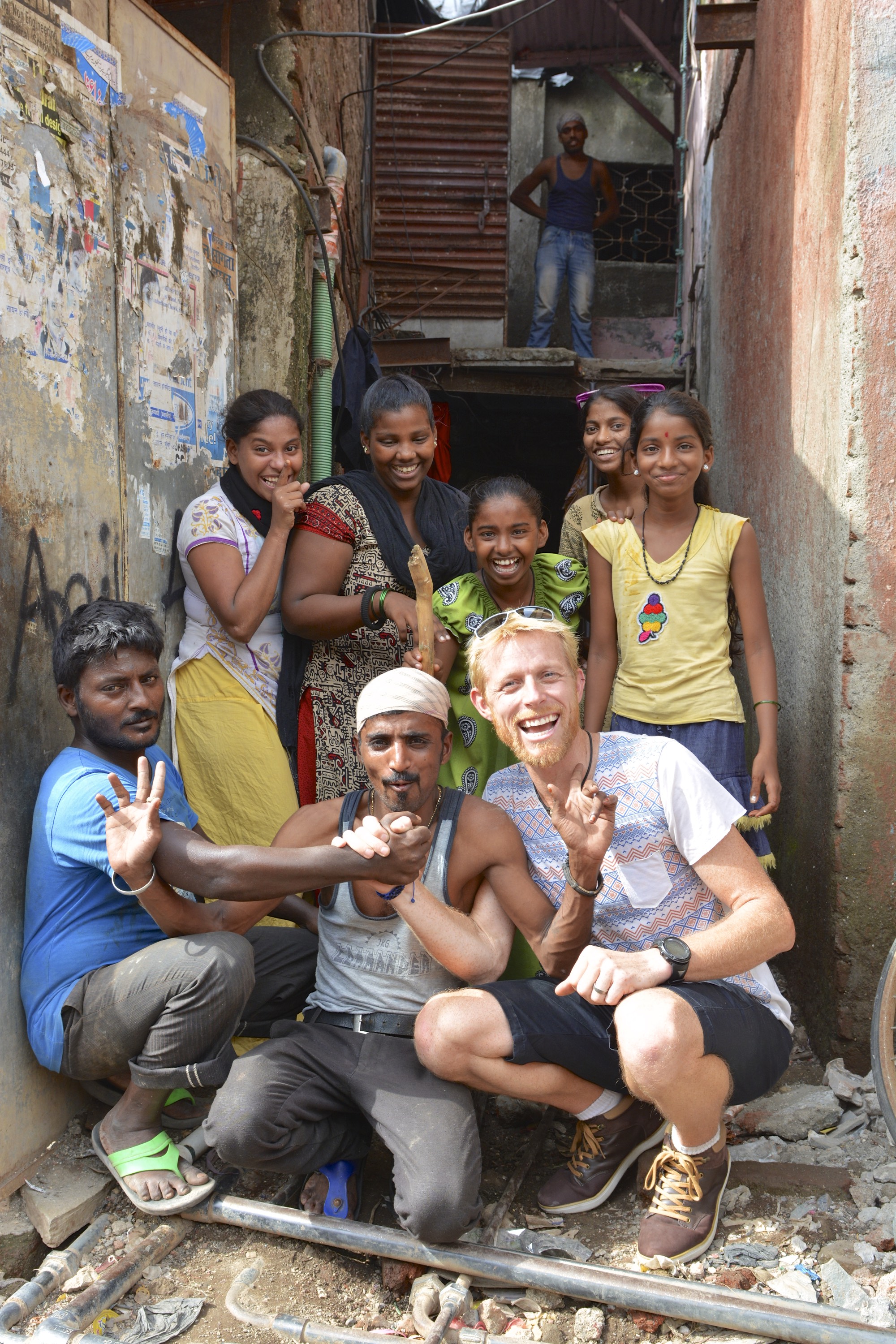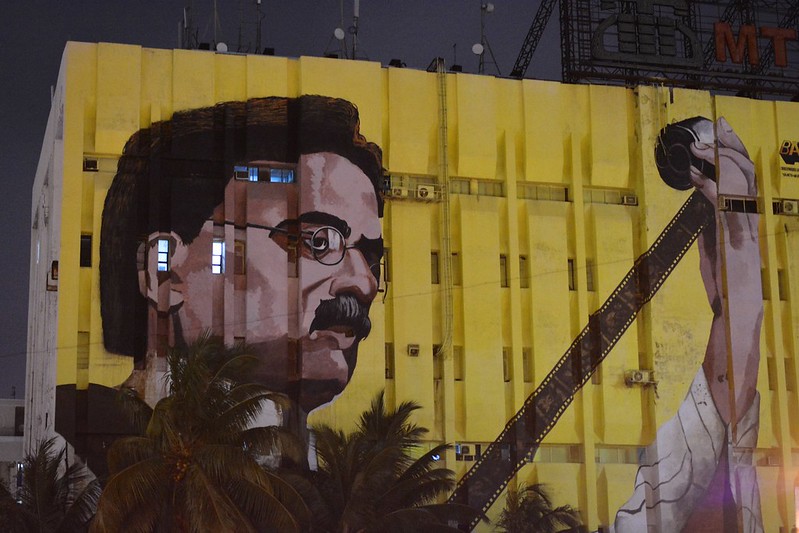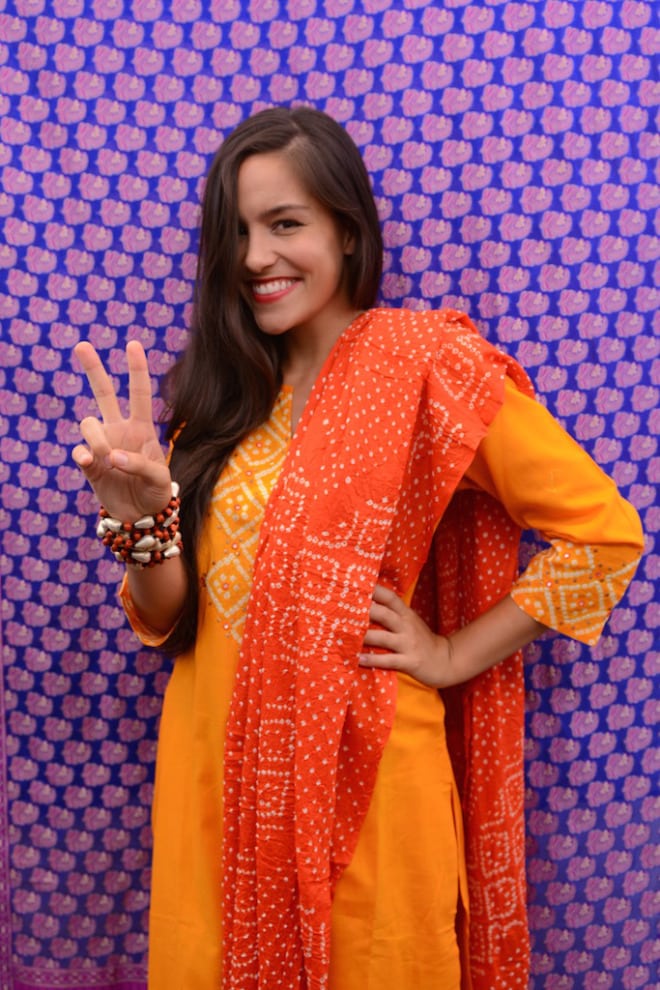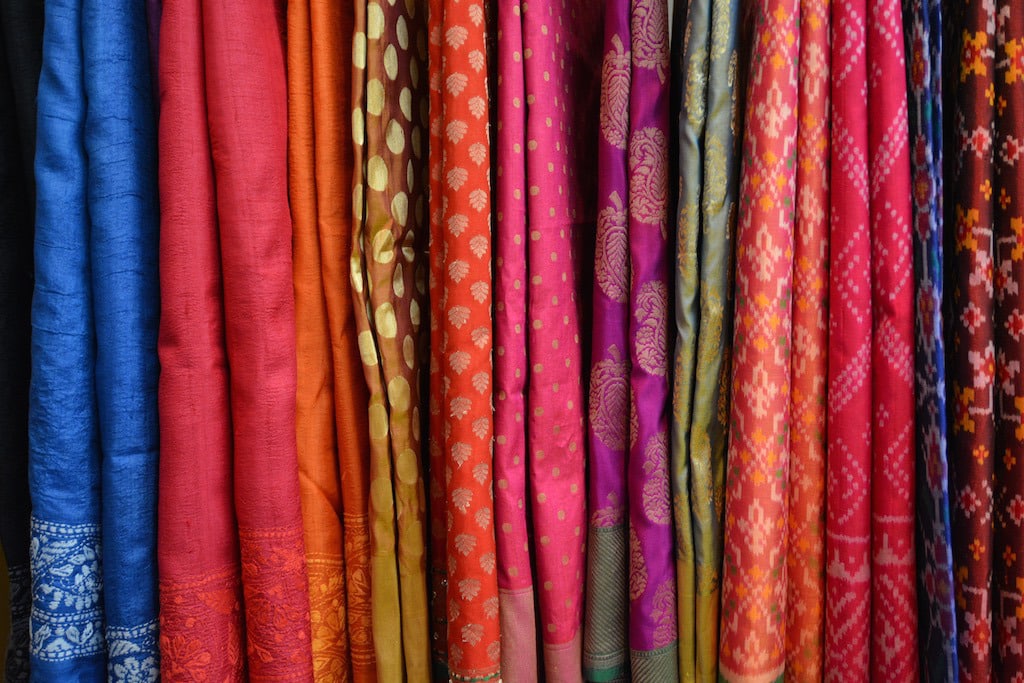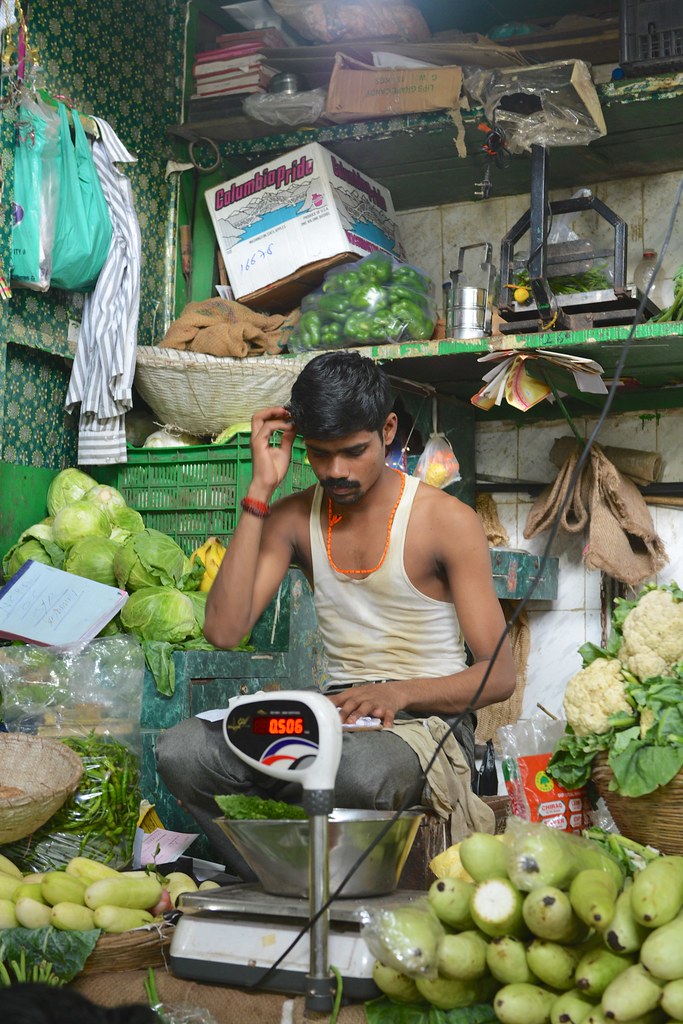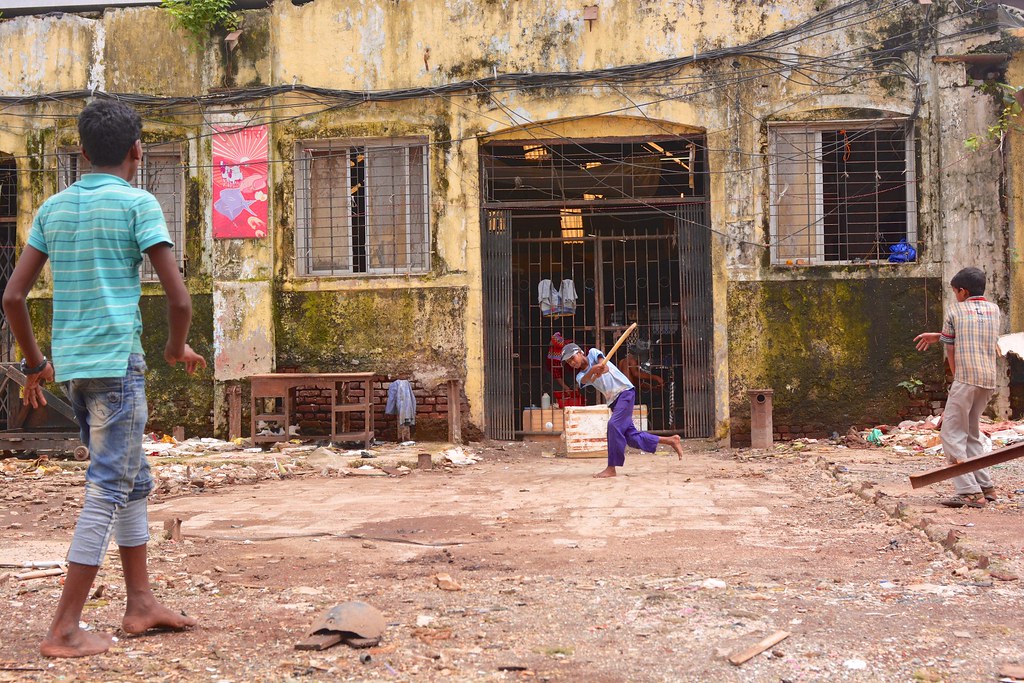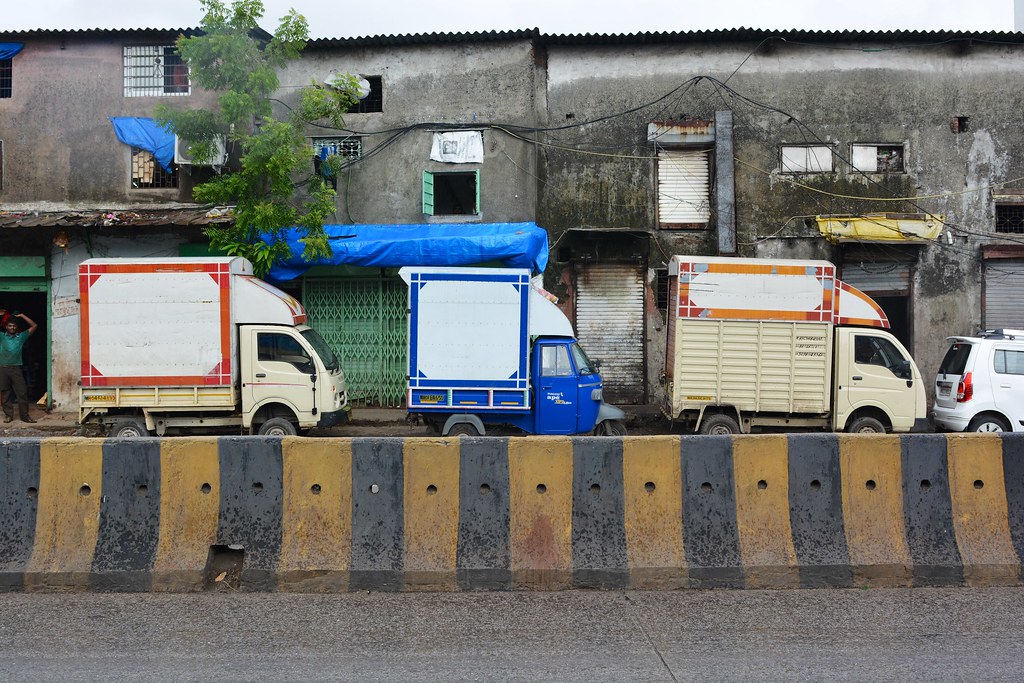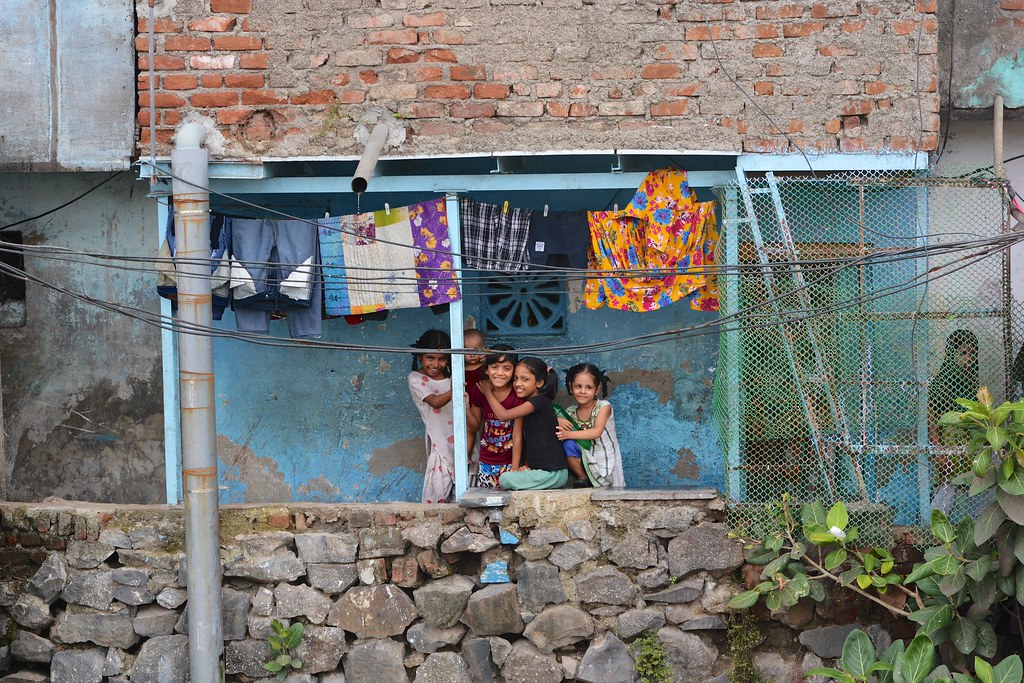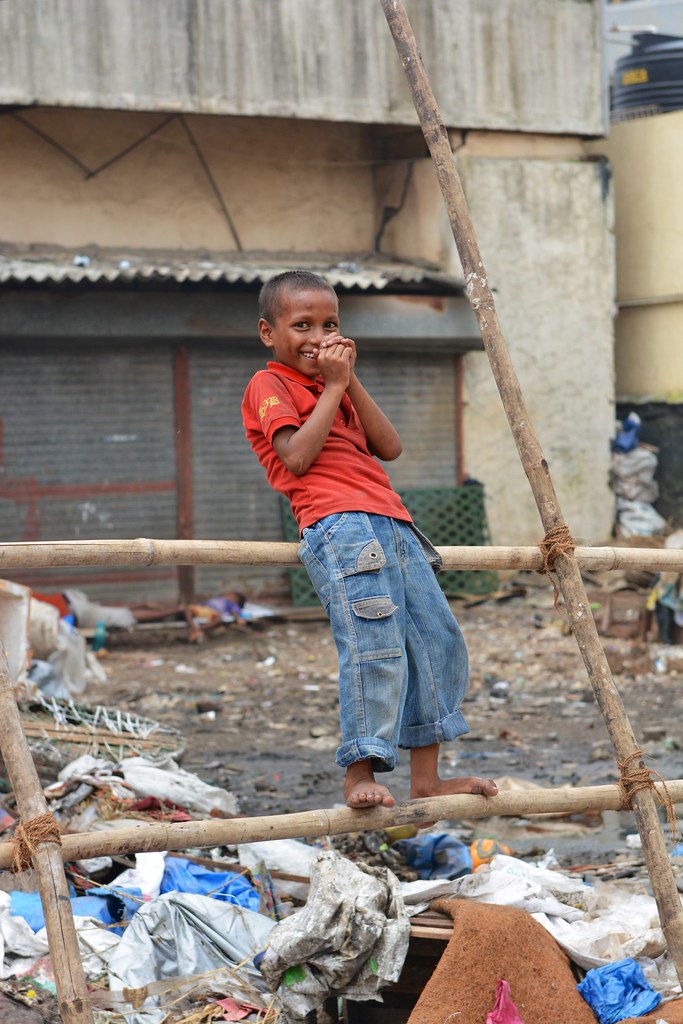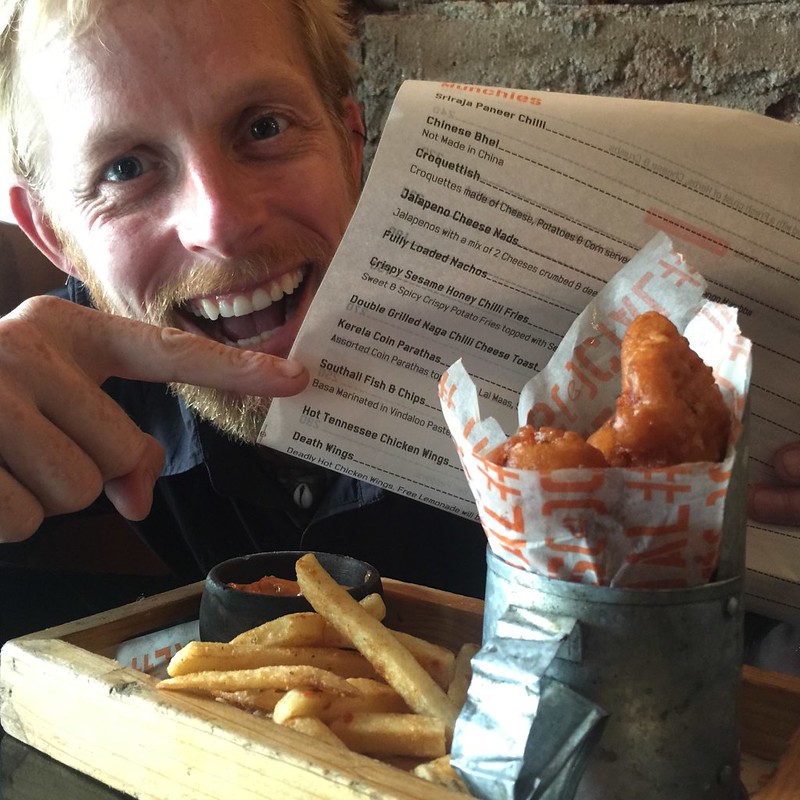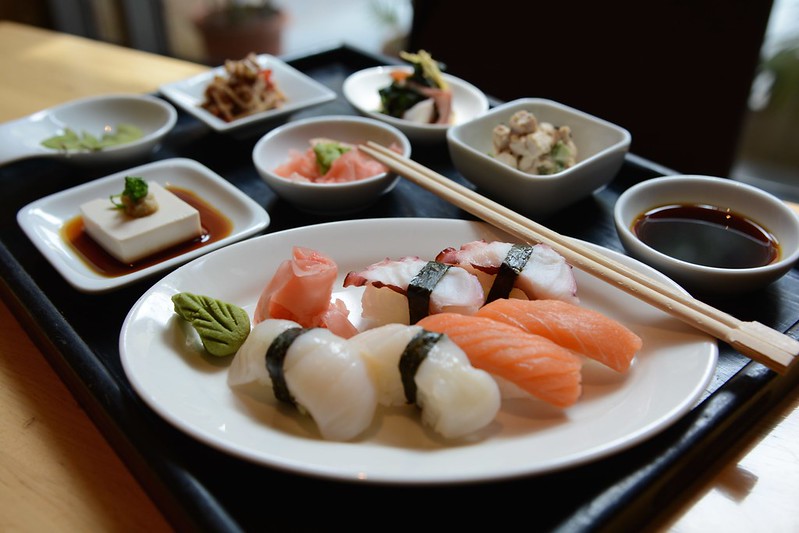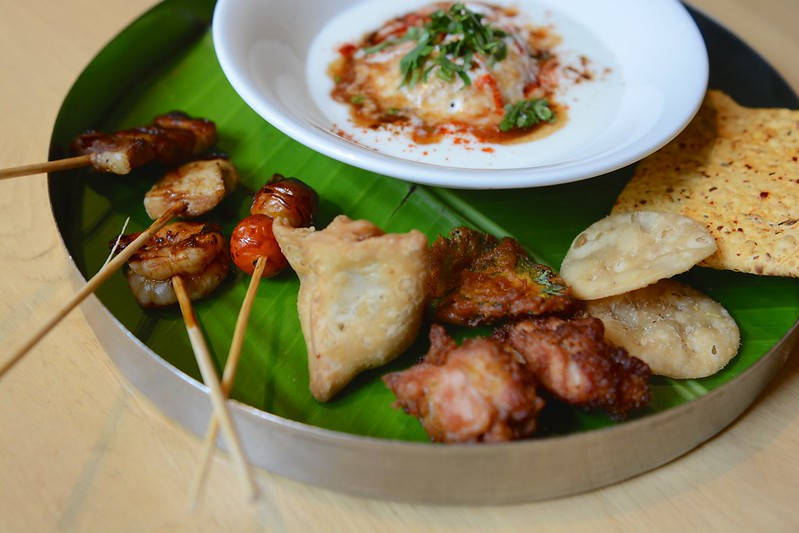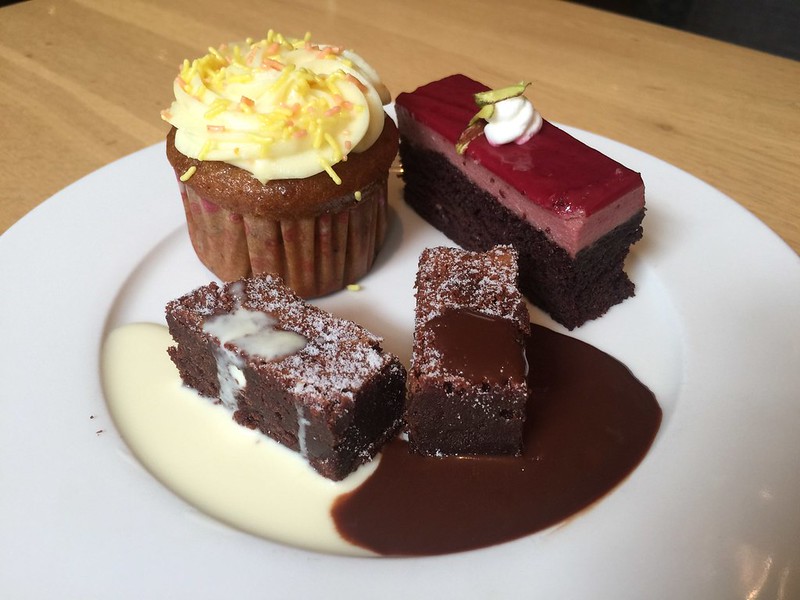Mumbai (a.k.a. Bombay) is a city of wild and wonderful extremes. Sustaining over 20 million residents, India’s most populous city is home to dreamers, hard-labourers, actors, gangsters, artists, servants, fisher folk, millionaires and everything in between. It’s the glittering epicentre of Bollywood, the world’s most prolific film industry, and it proudly possesses some of the world’s most expensive real estate. Yet, Mumbai is also renowned for its mammoth slums and ultra-gritty markets. So it seems, this eclectic city captures all of the beauty and ugliness of the human condition. But, that’s exactly what makes it so captivating. Here are some of the things I love most about Mumbai – the good, the great and the ugly.
BOLLYWOOD
Churning out over 900 films a year, Bollywood is the global goliath of the movie world. When visiting Mumbai, the heart of India’s film industry, it’s sacrilegious not to see a Bollywood flick. I convinced Ben to see ABCD2, which was like Step Up on steroids. Despite having zero understanding of Hindi, I figured dance was an international language we’d be able to make sense of. Indeed, I was instantly entranced by Bollywood’s winning escapist formula, as all-singing, all-dancing lovers fought to conquer the forces keeping them apart.
During our night at the movies, Ben and I discovered Indian cinemas played the national anthem before each screening – how patriotic! We also heard Bollywood studios often scouted Western extras to star in their films and add a whiff of international flair. Unfortunately, we missed out on our ten minutes of fame. Bollywood stars, on the other hand, seemed to have God-like status throughout Mumbai and all of India.
FASHION Just like in Hollywood, where an intense celebrity culture is coupled with fashion fanatics, Mumbai is both the movie star and fashion capital of India. From the mountains of sparkly accessories at the Bandra street markets to the couture boutiques which line the streets of Juhu, it’s a bit overwhelming. But, once you get the hang of haggling and sorting the chintz from the special stuff, shopping becomes an entertaining tourist experience. I chose to escape the crowds and play dress ups at Bandhej in the Grand Hyatt Plaza. While in India, I couldn’t miss out on the chance to wear some traditional clothing, which I’d never be able to get on without the help of a local! Before long, I was happily drowning in a rainbow of colour. Indian women sure know how to stand out. No matter which region or caste they’re from, they all seem to put serious effort into their style, from the ornate jewellery and striking make-up they wear, to the perfectly layered clothing and coordinated shoes adorning their bodies. Indian women are the ultimate “glamourzons” – especially in Mumbai.
MARKETS
Before reaching Mumbai, I had visions of people being packed into the place like sardines. Ben and I feared it would be a nightmare to navigate, especially considering we were driving our own car. While India’s biggest city certainly has an element of overcrowded madness, there’s a fast-paced rhythm to the place which seems to keep things moving like a perfectly choreographed dance. The locals know the steps and it doesn’t take long for tourists to get the swing of things.
Nowhere is Mumbai’s organised chaos more apparent than at the markets. While Chow Bazaar (a.k.a. the Thieves Market) is a popular shopping haunt, especially amongst those seeking antiques and furniture, my top pick is the Crawford Market. It’s the ultimate tourist theatre, with locals and vendors haggling their way towards high-action melodrama while stray animals form sneaky side plots. It’s fascinating viewing, but you should also become part of the production!
If peace and quiet are what you seek, you’ll need to wander past the pet arena through to the meat market. Be warned – it’s strictly for the brave (hence the less hectic vibe). The lack of hygiene is wildly shocking and grabs you by the guts – I’d never seen anything like it before. But, while the viewing is tough, the workers are super friendly. Be sure to strike up a conversation with them, as their life stories are fascinating. Their kids play cricket around the corner. It’s worth wading through the mountains of rotting garbage to join them for a match – Mumbai-style.

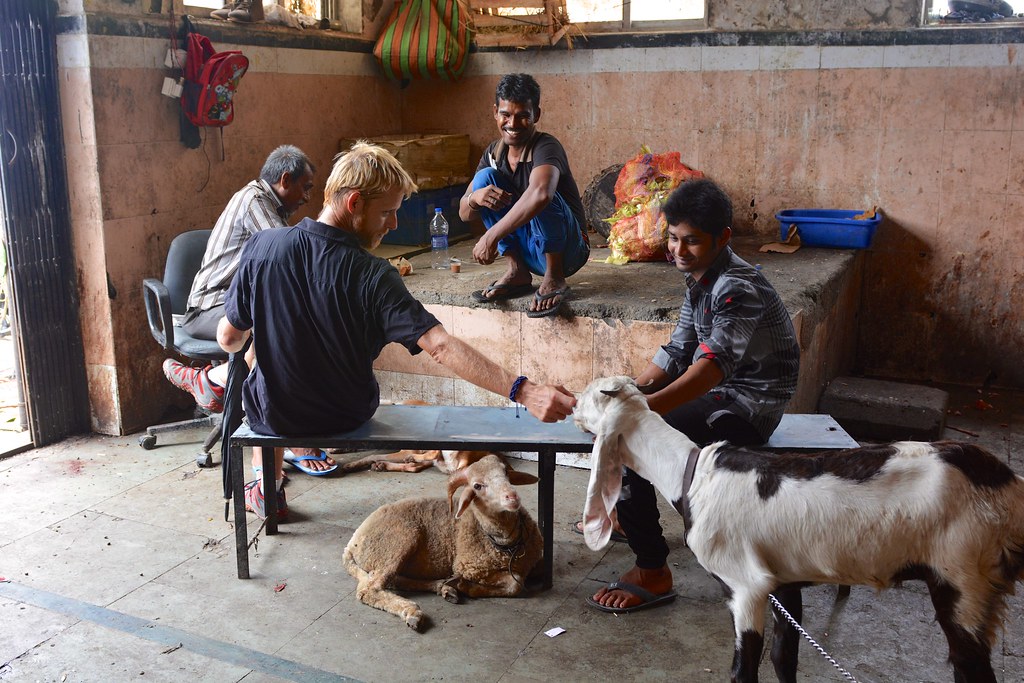

In a country where 30% of people live below the poverty line, Mumbai is a beacon of unabashed opulence. Amongst the shantytowns and slums are pockets of elegance filled with fantastical architecture. The affluent southern tip of Mumbai’s peninsular is home to the world’s most expensive private property – Antilia. Valued at $1 billion USD, it’s maintained by a staff of 600 and enjoyed by not a single soul. Owned by India’s wealthiest man, business magnate Mukesh Ambani, it’s rumoured his wife didn’t agree with the property’s feng shui and refused to reside within its stately walls. Built on a block which was formerly occupied by an orphanage, many of the locals see Antilia as a big middle finger. Whether or not the gossip is true or justified, this state-of-the-art skyscaper is still worth a peak.
The Taj Mahal Palace Hotel is another example of Mumbai’s lavish side, presenting a fairytale blend of Islamic and Renaissance architectural styles. This sumptuous hotel is a popular respite destination amongst the international elite. If you can’t afford to live like royalty for a night or experience one of the Taj’s fine-dining restaurants, it’s still worth taking a look inside and pretending like you own the place. Alternatively, you can enjoy a gentle stroll (or horse-drawn carriage ride) around its perfect perimeter. The public square, which sits next to the hotel and hugs the Mumbai Harbour, has become a favourite gathering spot amongst locals and tourists alike. It’s also home to the Gateway of India, a bold basalt arch of colonial triumph, which further enhances the grandeur of this palatial precinct.
WORLD-CLASS DINING
Mumbai offers a gastronomical adventure like nowhere else in India. Due to the well-moneyed and cosmopolitan crowds which flock to this high-energy city, the cuisine on offer is truly mind-blowing. My two favourite food experiences were at Social Offline and the Grand Hyatt Hotel. The latter took my stomach on a glorious round-the-world trip from Italy, China, Japan and Thailand all the way back to India. It’s worth sleeping over for a few nights, just so you can sample your way through the Grand Hyatt’s many restaurants and some of the best food Mumbai has to offer. From the thin-crust pizzas which dissipate in your mouth to the impossibly tender peking duck which delights your soul, it’s little wonder this hotel attracts movers and shakers from Mumbai and beyond.
Ben and I stumbled across Social Offline while we were exploring the Taj Mahal Palace Hotel. Too cheap to splurge on a five-star lunch, we looked to one of the surrounding restaurants for a feed. What we discovered at the highly affordable Social Offline knocked our socks off. The fusion of British and Indian recipes delivered an unexpected thrill to our tastebuds, from the lightly spiced and perfectly battered fish ‘n’ chips Ben devoured to the melt-in-the-mouth pastry which cuddled my curried vegetable pie. If only we’d had room to try the Chocolate Blood Bath with brownie, truffle and fudge. So it seemed, when world-class international and Indian chefs came together, the menus were magic.
CONCLUSION
If you thought Mumbai was merely a grimy, over-crowded city, think again. Its many facets will surprise and delight you, whisking you between worlds of divine grandeur and hypnotically raw street life. Mumbai, with all of it’s complex and contrasting layers, offers a well-rounded glimpse into Indian culture, aspirations, challenges and ideals. It’s unquestionably a must-visit if you plan to explore India.
